Welcome to Septic School
Welcome to our informative section on septic systems! Understanding the various types of septic systems and their inner workings is crucial for homeowners and property owners alike. In this section, we’ll delve into the world of septic systems, exploring everything from conventional gravity systems to innovative aerobic treatment units. Gain insights into how these systems function, their maintenance requirements, and which system might be the best fit for your specific needs. Whether you’re a first-time septic system owner or looking to upgrade, this comprehensive guide will provide you with valuable knowledge to make informed decisions about your wastewater management.

How does Alberta Regulate Septic Systems?

In Alberta, the regulation of septic systems falls under the purview of the Municipal Government. Collaborating closely with the Alberta Onsite Waste Water Management Association, they establish and uphold the Alberta Standard of Practice (SOP).
This comprehensive guidebook outlines the precise rules and protocols that designers and contractors must adhere to when working on septic systems. It acts as a benchmark, ensuring that any new permits or system modifications align with the stringent standards mandated by the Municipal Government.
Every county and municipality in Alberta is responsible for permit issuance and final approval of septic system changes and installations within their jurisdiction.
While the SOP represents the minimum requirements set by the province, some municipalities may impose additional regulations.
For instance, the City of Edmonton has implemented specific rules for properties adjoining the river valley or related water features, prohibiting septic systems and underground sprinkler installations to mitigate environmental and infrastructure concerns.
Our consultation service is designed to help you navigate these intricacies, safeguarding your property’s value and the surrounding environment when developing land in Alberta. You can find more information at the AOWMA or by searching the Alberta Municipal Governments site. If you have specific questions you can also reach out to us here Contact Us
The Different Types of Septic Systems
Advanced
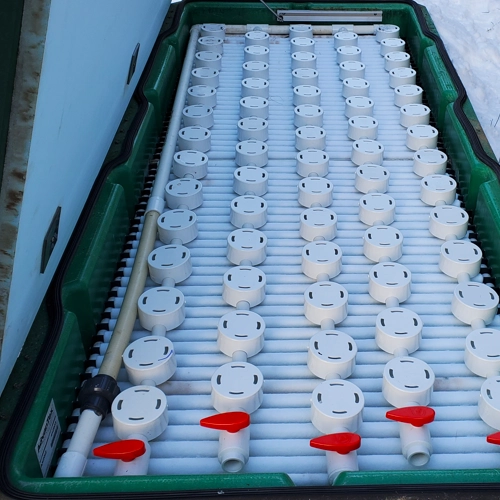
Advanced Waste Water Treatment Plants encompass various styles, with the featured example being the Advantex AX20 Advanced Waste Water Treatment Plant. This particular system falls under the category of textile treatment plants, a less common alternative to aeration and media-based treatment plants. Subsequent sections will delve into these options in depth. The key distinction of Advanced Waste Water Treatment Plants lies in their provision of “Tertiary Treatment” for septic effluent. Unlike conventional septic systems with two treatment compartments, these systems incorporate an additional component dedicated to further diminishing harmful nitrates within the septic effluent.
Conventional
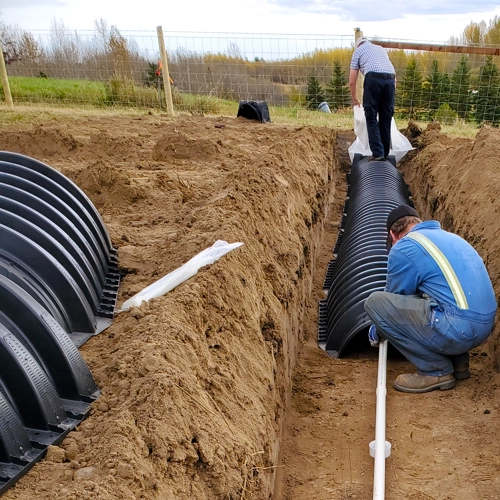
Conventional septic systems encompass septic fields, septic mounds, and open discharge options, featuring two chambers or components designed to facilitate the settling of septic effluent into distinct layers: Sludge, Scum, and Clear Effluent. The clarified effluent then progresses towards the discharge section of the septic system. Within this discharge segment, the septic effluent is directed to its destination—whether a septic field, mound, or open discharge—utilizing mechanisms like pumps or bell & siphon devices. It’s worth noting that older systems known as leach ponds, although now rare and no longer constructed, once existed. Additionally, smaller municipalities might employ lagoons, typically reserved for more extensive infrastructure needs.
Holding
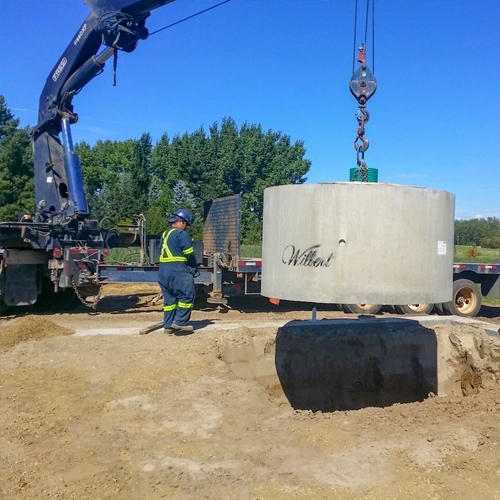
A holding tank, true to its name, lacks a final treatment component, necessitating periodic emptying when it reaches capacity. These tanks are commonly deployed in ecologically sensitive areas such as near lakes, rivers, and streams. Additionally, for properties that do not meet the setback requirements outlined in the Standard of Practice (SOP) due to limited space, holding tanks become a viable solution. Typically ranging from 1000 to 10,000 gallons in size, some commercial tanks can even surpass these dimensions. At Septic Strategies, we advise maximizing the holding tank’s capacity to align with the load size of local septic service providers’ trucks. Many service companies charge per trip rather than per gallon. The average tandem axle septic truck in Alberta hauls between 2800 and 3300 gallons.
Advanced
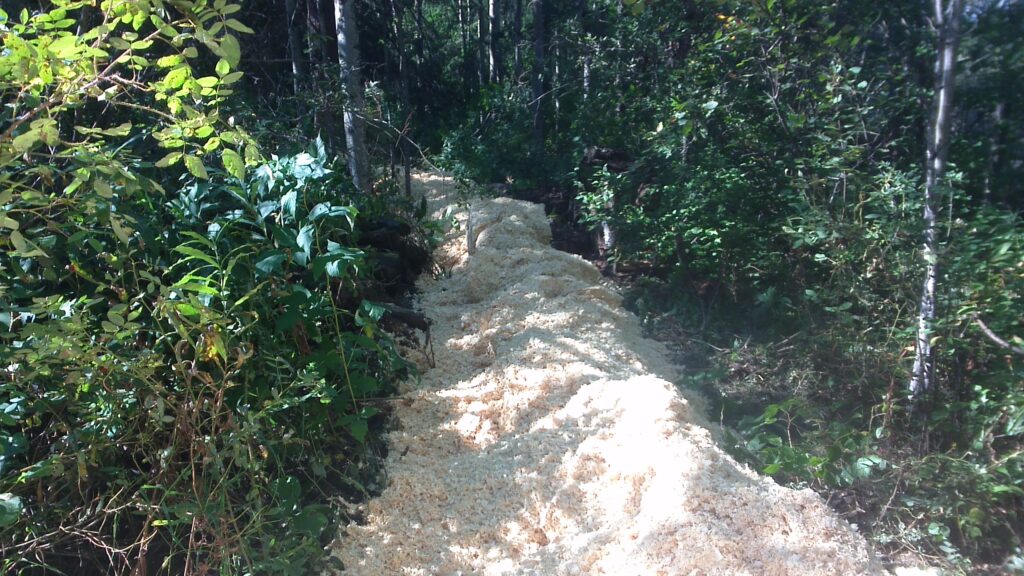
Seamless Integration of humans and nature
Advanced Waste Water Treatment Plants encompass various styles, with the featured example being the Advantex AX20 Advanced Waste Water Treatment Plant. This particular system falls under the category of textile treatment plants, a less common alternative to aeration and media-based treatment plants. Subsequent sections will delve into these options in depth. The key distinction of Advanced Waste Water Treatment Plants lies in their provision of “Tertiary Treatment” for septic effluent. Unlike conventional septic systems with two treatment compartments, these systems incorporate an additional component dedicated to further diminishing harmful nitrates within the septic effluent.
Conventional
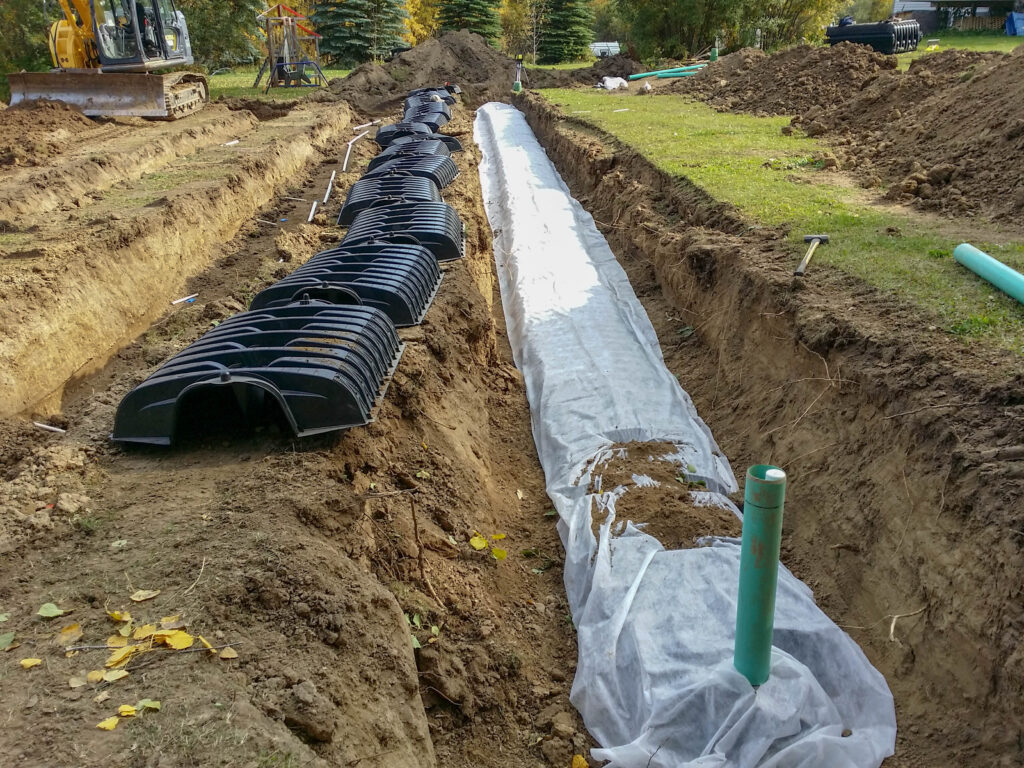
Built to last & ensure a sustainable future
Conventional septic systems encompass septic fields, septic mounds, and open discharge options, featuring two chambers or components designed to facilitate the settling of septic effluent into distinct layers: Sludge, Scum, and Clear Effluent. The clarified effluent then progresses towards the discharge section of the septic system. Within this discharge segment, the septic effluent is directed to its destination—whether a septic field, mound, or open discharge—utilizing mechanisms like pumps or bell & siphon devices. It’s worth noting that older systems known as leach ponds, although now rare and no longer constructed, once existed. Additionally, smaller municipalities might employ lagoons, typically reserved for more extensive infrastructure needs.
Holding
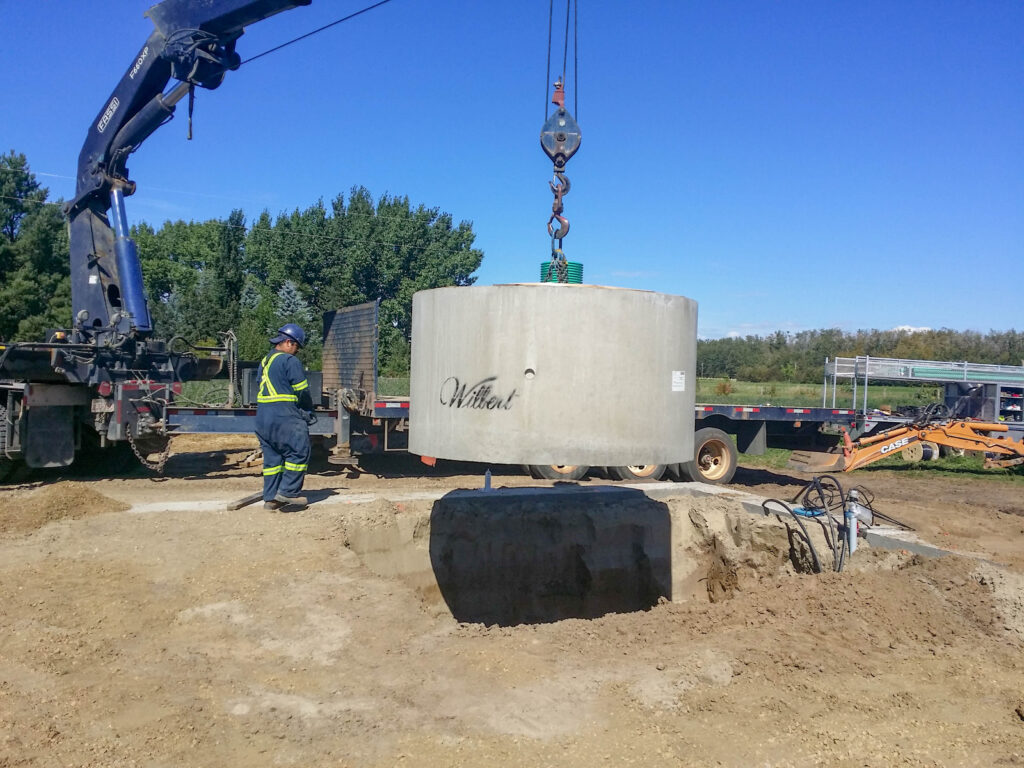
From big to small we’ve got them all
A holding tank, true to its name, lacks a final treatment component, necessitating periodic emptying when it reaches capacity. These tanks are commonly deployed in ecologically sensitive areas such as near lakes, rivers, and streams. Additionally, for properties that do not meet the setback requirements outlined in the Standard of Practice (SOP) due to limited space, holding tanks become a viable solution. At Septic Strategies, we advise maximizing the holding tank’s capacity to align with the load size of local septic service providers’ trucks. Many service companies charge per trip rather than per gallon. The average tandem axle septic truck in Alberta hauls between 2800 and 3300 gallons. Check with your service provider to be sure.
Advanced Waste Water Treatment
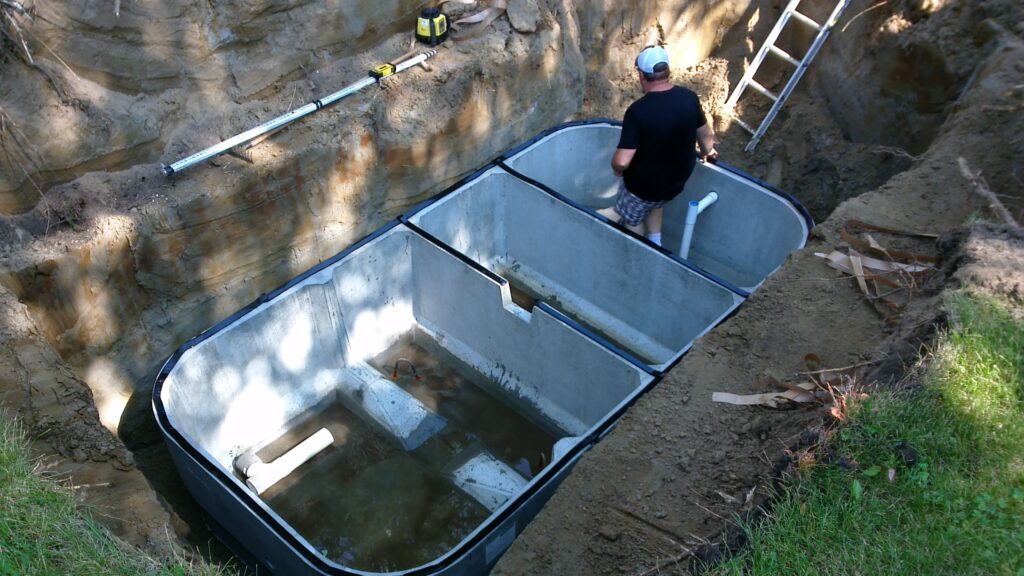
Advanced wastewater treatment plants come in diverse configurations and sizes, with each distributor in Alberta offering one or more systems for sale, servicing, and support. Throughout the province, various contractors have their preferred choices, resulting in a mix of treatment plants in different regions. The advantage for those considering these systems is that many initial challenges have been resolved over time. In the early stages, the market saw a multitude of options, much like the early days of automobiles.
Today, with over two decades of installation experience, Septic Strategies possesses comprehensive knowledge about what works effectively. If you’re seeking a durable, low-maintenance solution that guarantees years of reliable service, don’t hesitate to reach out to us for further information.
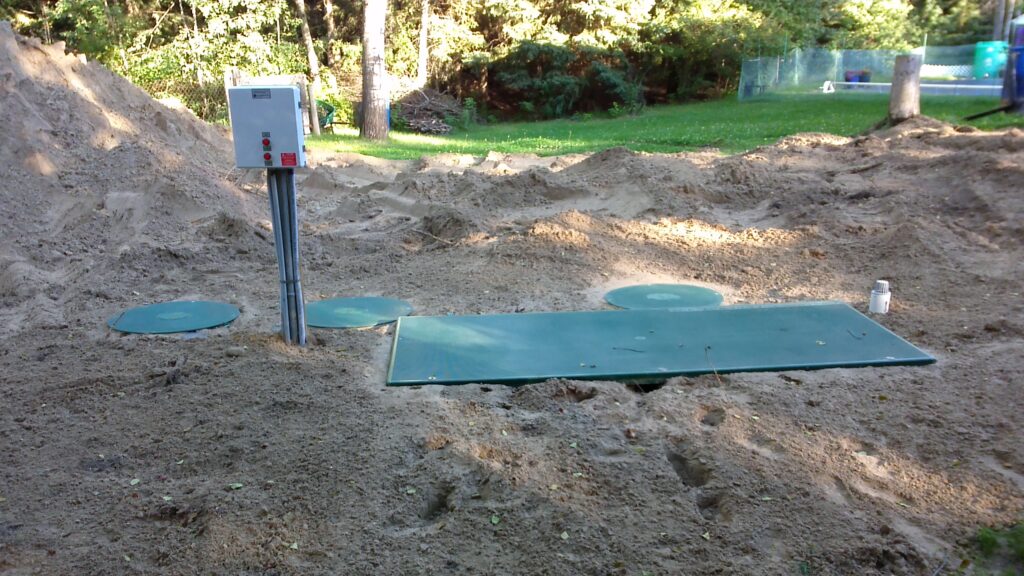

When installing an advanced wastewater treatment plant, it’s vital to recognize that it operates as a living ecosystem, heavily influenced by what you introduce into it. This system relies on septic bacteria, making it sensitive to certain cleaning products like bleach or chlorine, which can disrupt its function. We’ll delve deeper into the specifics of what can and cannot enter a septic system in the following sections, but it’s crucial to adhere closely to these guidelines. Furthermore, the upkeep of this system entails increased costs, including annual maintenance expenses. As the wastewater undergoes more extensive treatment, it involves more pumps and filters that demand regular servicing. Neglecting this maintenance can lead to catastrophic failures, often entailing substantial repair costs. For instance, if a septic filter remains uncleaned, it can starve a pump of effluent, causing it to run dry and ultimately fail. Timely maintenance is key to avoiding such accumulative issues. Maintenance is key to avoiding such accumulative issues.
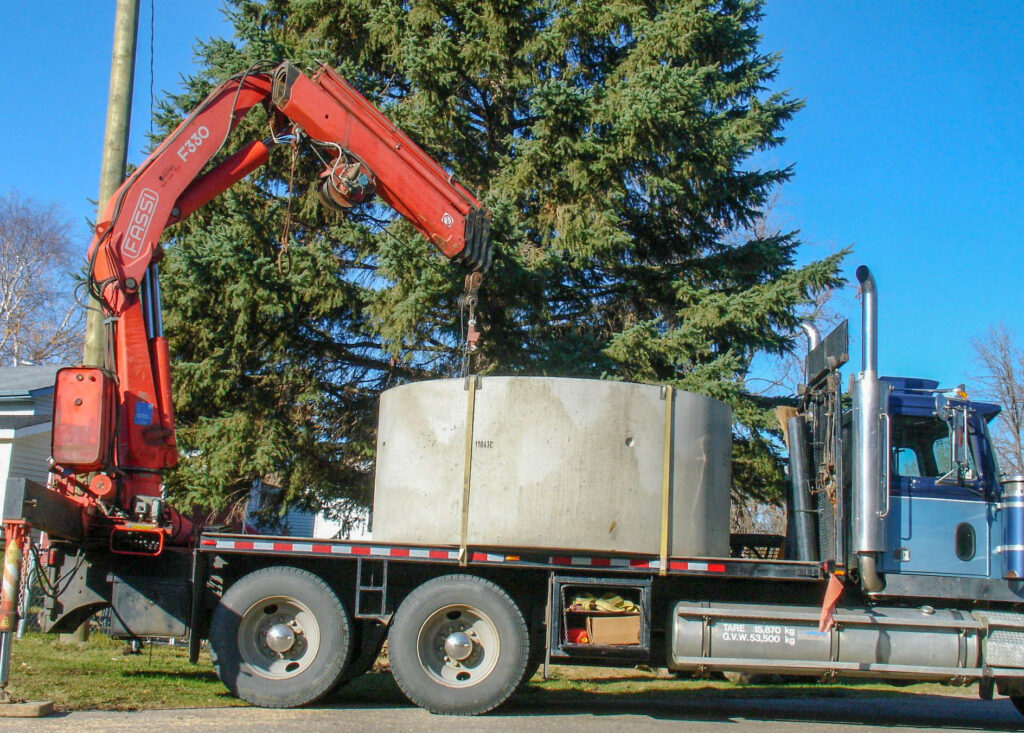
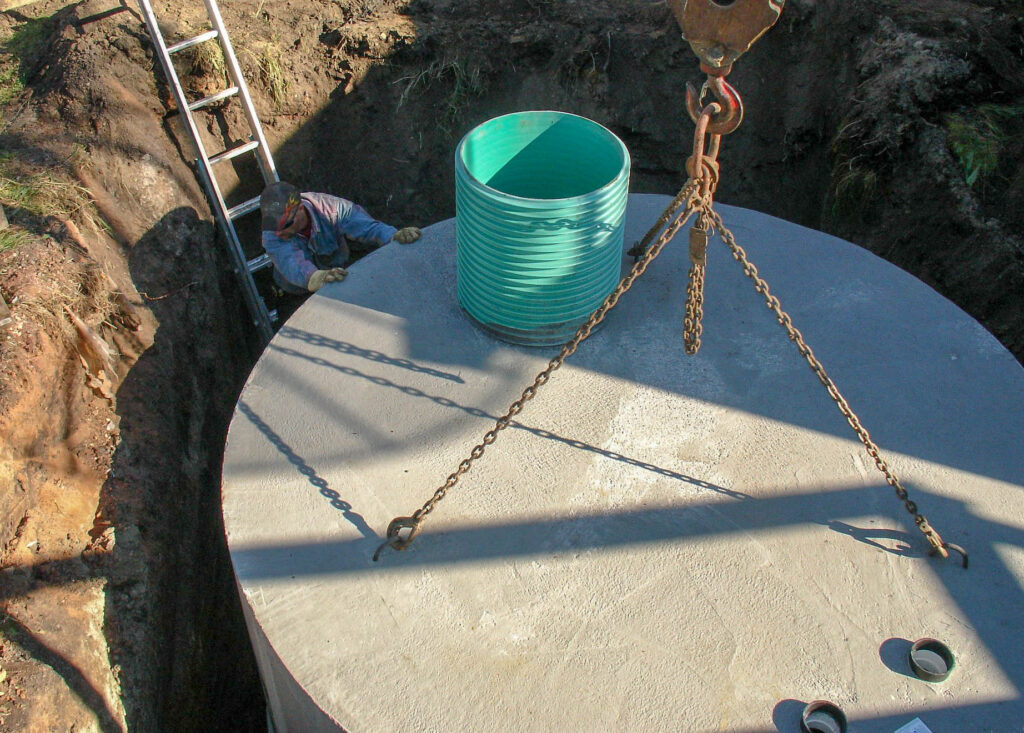
Holding Tanks
Septic holding tanks are a practical solution for wastewater management in areas where traditional septic systems are not feasible due to limited space, high groundwater tables, or environmental sensitivity. These tanks function as temporary storage vessels for household wastewater, including sewage and greywater, until they can be professionally pumped out and transported to a treatment facility.
The frequency of pump-outs for a septic holding tank depends on various factors, such as the tank’s size and the household’s size and water usage. Generally, they require pumping every few weeks to prevent overflow and maintain proper functionality. Some larger tanks may afford a longer interval between pump-outs.
To monitor the tank’s fill level and prevent service interruptions, septic holding tanks are equipped with an alarm system. This alarm typically consists of a float switch or sensor that triggers an audible or visual alert when the tank reaches a predetermined capacity. This notification system is essential for homeowners to schedule timely pump-outs and avoid potential environmental contamination or damage to the property.
Conventional Septic Systems
Conventional Septic Systems are the cornerstone of rural and suburban wastewater management. These systems efficiently treat and dispose of household wastewater, safeguarding both public health and the environment. Let’s explore the key components of conventional septic systems:
- Septic Field: A septic field, also known as a leach field or drain field, is a vital element of a conventional septic system. It consists of a network of perforated pipes buried in gravel-filled trenches. After wastewater exits the septic tank, it flows into the septic field for further treatment. The soil naturally filters and purifies the effluent, removing contaminants and harmful pathogens before it percolates deeper into the ground or reenters the groundwater.
- Septic Mound: In cases where the soil conditions are not suitable for a traditional septic field, a septic mound system may be employed. This alternative design involves elevating the drain field above ground level, creating a raised bed of soil. Wastewater is distributed over the mound, allowing for improved treatment as it trickles down through the soil layers. Septic mound systems are ideal for areas with high groundwater, shallow bedrock, or insufficient soil permeability.
- Open Discharge: In some instances, properties may employ open discharge systems, particularly in remote or rural locations. These systems release treated effluent directly onto the ground, following the initial treatment in the septic tank. Open discharge systems require careful consideration of local regulations to ensure compliance with environmental and health standards.
Conventional septic systems are reliable and effective when properly designed, installed, and maintained. Regular maintenance, including septic tank pumping and system inspections, is crucial to ensure their long-term functionality. By understanding these components, homeowners and property owners can make informed decisions about their wastewater management, promoting sustainability and the preservation of our natural resources.
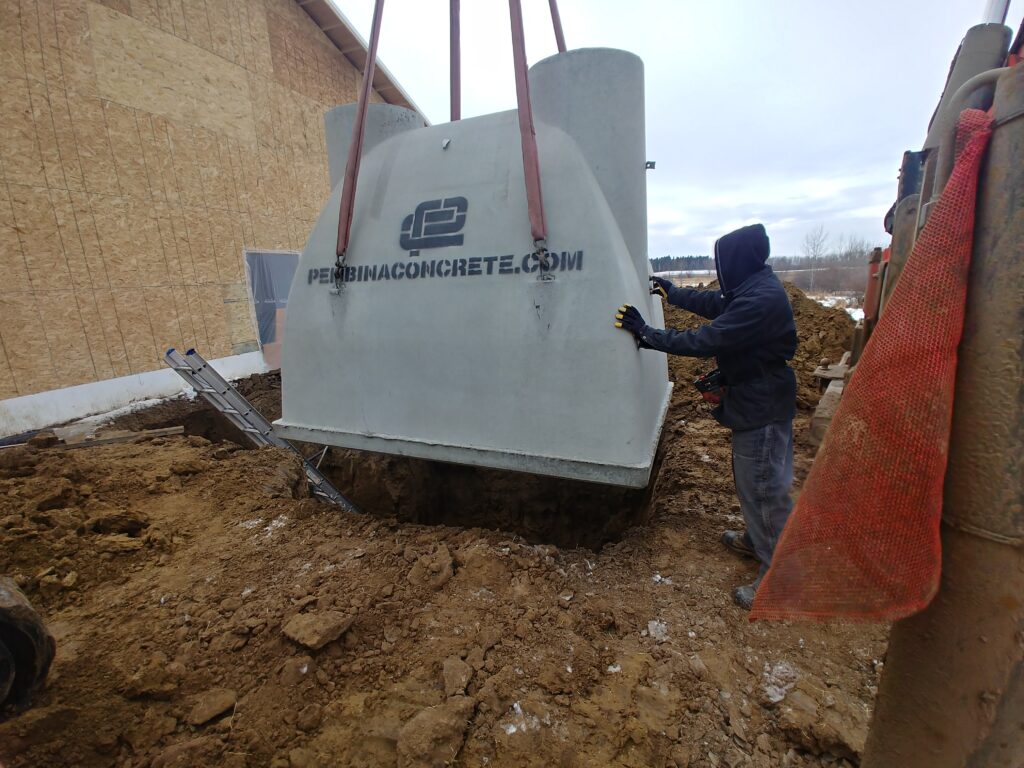

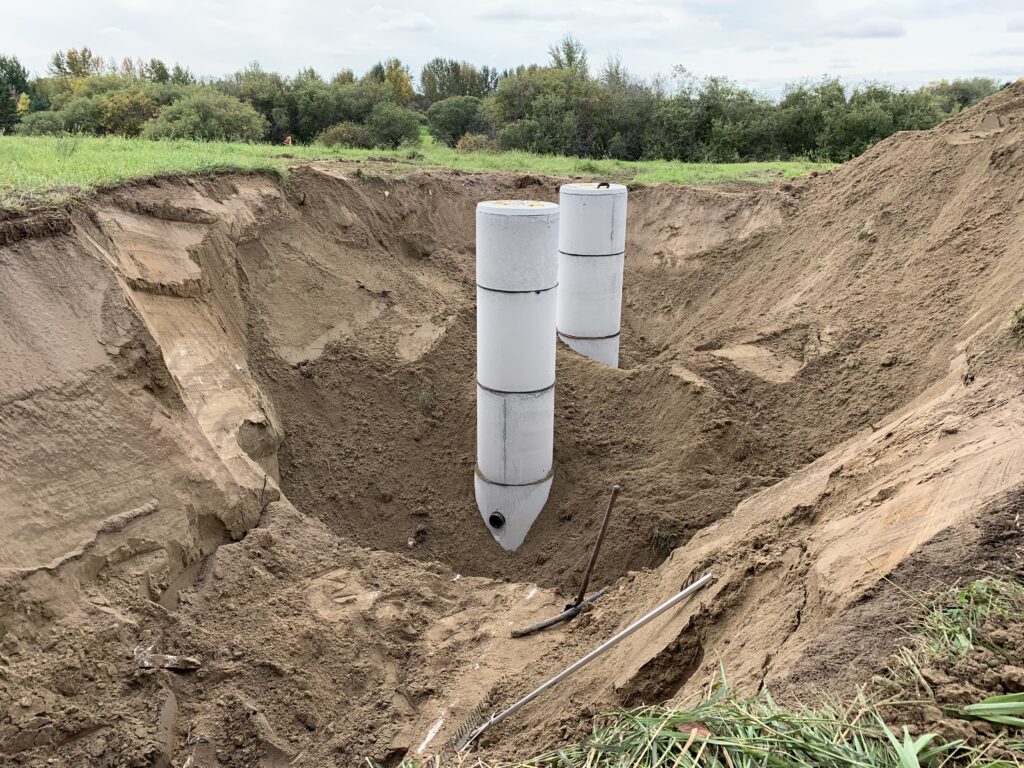
Maintenance Considerations
Proper Maintenance of Your Septic System
Maintaining a septic system is essential to its longevity and performance. Neglecting maintenance can lead to costly repairs and environmental hazards. Here are some key steps to ensure the proper upkeep of your septic system:
1. Regular Pumping: Schedule regular septic tank pumping by a certified septic service provider. The frequency depends on factors like tank size and household size but typically ranges from every 1 to 3 years. Pumping removes accumulated solids and prevents them from clogging the drain field.
2. Avoid Overloading: Be mindful of water usage. Excessive water can overload your system, reducing its efficiency. Fix leaks promptly and distribute laundry and other high-water-use activities throughout the week.
3. Proper Disposal: Never dispose of non-biodegradable items, chemicals, or grease down the drains. These substances can clog the system and harm the natural treatment process.
4. Maintain Drain Field: Protect the drain field by avoiding heavy vehicles or structures on top of it. Planting trees or large shrubs near the drain field is not recommended, as their roots can damage the pipes and interfere with the system’s operation.
5. Inspections: Regularly inspect your septic system for signs of issues, such as odors, slow drains, or wet spots in the yard. Address problems promptly to prevent further damage.
6. Certified Service for Advanced Systems: If you have an advanced wastewater treatment system, it’s crucial to hire certified service personnel for maintenance. These systems often have intricate components and require specialized expertise to ensure they function optimally.
7. Follow Local Regulations: Familiarize yourself with local regulations and requirements for septic system maintenance. Compliance is essential to protect the environment and public health.
8. Keep Records: Maintain a record of all septic system maintenance and inspections. This documentation can be valuable for future reference and potential property sales.
Remember, a well-maintained septic system not only prolongs its lifespan but also safeguards the environment and ensures the safety of your household’s water supply. If you have an advanced wastewater treatment system, entrusting its maintenance to certified professionals is a wise investment in the longevity and efficiency of your system.
What People Are Saying

Septic Strategies did an incredible job replacing the septic system in our older home. The new system they installed is a vast improvement over the old one, and it’s been working flawlessly. What’s equally impressive is how they left our yard in impeccable condition after completing the work. We’re extremely pleased with their professionalism and the quality of their work. Highly recommended for all your septic system needs!
Chris Anderson
Parkland County

Septic Strategies’ exceptional work on the design and construction of our advanced wastewater treatment plant for our new acreage truly exceeded expectations. Their expertise and dedication resulted in an efficient, eco-friendly solution that perfectly suits our needs. We couldn’t be happier with the outcome, and we highly recommend their services for anyone seeking top-tier septic system solutions. Kudos to the Septic Strategies team!
Cynthia Book
Lac St Anne County

We are thoroughly impressed with the invaluable assistance provided by Septic Strategies during our property purchase consultation. Their expertise and insights were instrumental in guiding our real estate negotiations, resulting in a favorable lot price. Moreover, the impeccable final design of the septic system perfectly aligns with our needs. We highly commend Septic Strategies for their professionalism and highly recommend their services for anyone in need of expert guidance in septic system matters during property transactions.
Terrance Vogalby
Leduc County
Frequently Asked Questions FAQ
Frequently Asked Questions (FAQ) – Septic Holding Tanks, Septic Systems, and Advanced Wastewater Treatment Plants in Alberta, Canada
1. What is the purpose of a septic holding tank? A septic holding tank stores household wastewater until it can be professionally pumped out and treated at a wastewater facility. It’s commonly used in areas where traditional septic systems are not feasible.
2. How often does a septic holding tank need to be pumped out? The frequency of pump-outs varies based on factors like tank size and household usage. On average, it may need pumping every few weeks to prevent overflows.
3. Can septic holding tanks freeze in the winter in Alberta? Yes, they can. Ensuring that a septic holding tank has the right balance of bacteria is crucial to prevent freezing in the winter months. Proper maintenance and insulation measures can help mitigate this risk.
4. What is the difference between a septic system and an advanced wastewater treatment plant? A septic system is a basic, passive system that relies on natural processes to treat and dispose of wastewater. An advanced wastewater treatment plant employs additional mechanisms and technologies for more thorough treatment, producing cleaner effluent.
5. Do advanced wastewater treatment plants require certified service personnel? Yes, many advanced systems necessitate certified service personnel for maintenance due to their complex components and processes. It’s essential to hire trained professionals to ensure these systems operate effectively.
6. Are there specific regulations for septic systems and advanced treatment plants in Alberta? Yes, Alberta has regulations governing the installation and maintenance of septic systems and advanced treatment plants. Compliance with these regulations is crucial to protect the environment and public health.
7. Can I install a septic system in an environmentally sensitive area, such as near a lake or river? Installing a septic system in sensitive areas may require special considerations and approvals. It’s essential to consult with local authorities and environmental experts to ensure compliance with regulations.
8. What should I avoid flushing down my septic system or holding tank? Avoid flushing non-biodegradable items, chemicals, grease, and excessive solids down your system. These can clog the system and disrupt its function.
9. How can I determine the right size of a septic holding tank or system for my property? The size of a septic system or holding tank depends on factors like household size, water usage, and soil conditions. Consulting with a professional can help determine the appropriate size for your specific needs.
10. What should I do if I suspect a problem with my septic system or holding tank? If you notice any issues, such as odors, slow drainage, or wet spots in your yard, contact a septic service professional immediately. Prompt action can prevent further damage and costly repairs.
What can we do to earn your business Today?
At Septic Strategies, we’re dedicated to going the extra mile to earn your business. Our team is committed to providing top-notch septic solutions and exceptional service. Don’t hesitate to reach out and discover how we can meet your needs. Your satisfaction is our priority. Contact us now and let’s get started!

